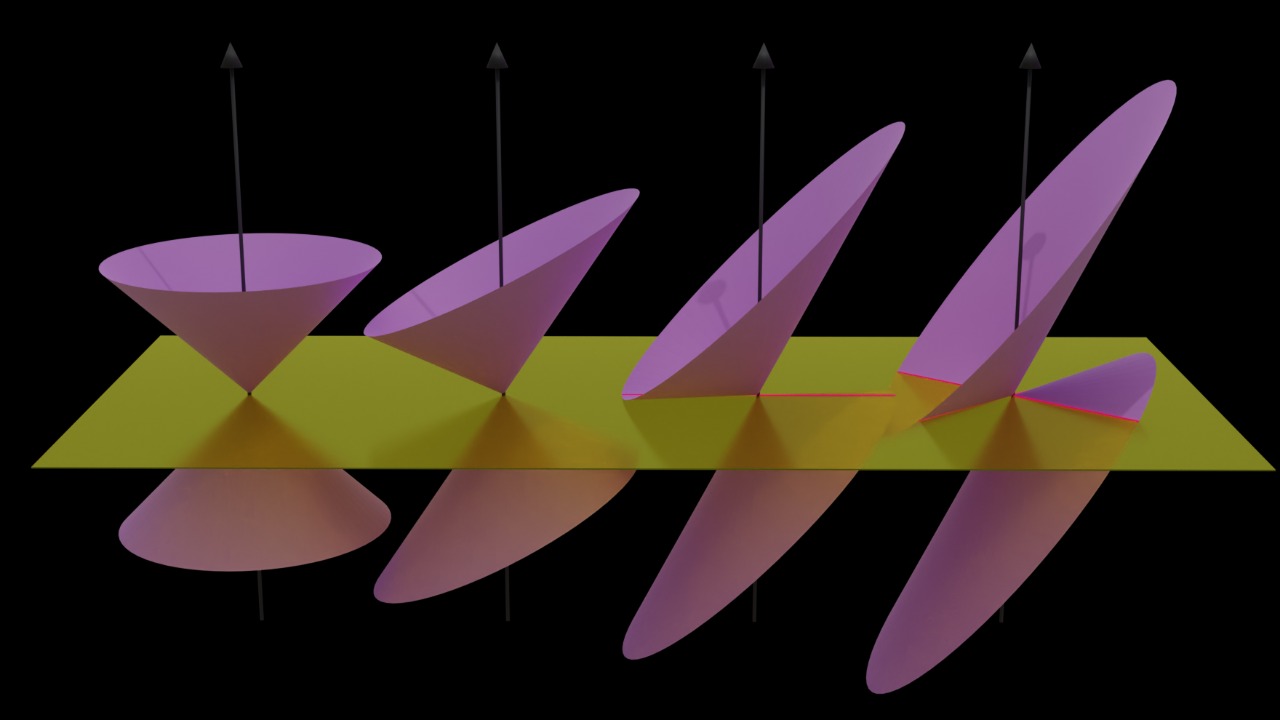
On October 21, 2025, scientists revealed a groundbreaking discovery in the realm of quantum physics: a hidden quantum trick in two-dimensional (2D) materials that could transform quantum technologies by enabling efficient control of quantum states at room temperature. This unexpected breakthrough emerged from routine experiments on layered structures like graphene and transition metal dichalcogenides, where novel electron behaviors were observed through unexpected quantum interference patterns. This finding highlights the immense potential of 2D materials to bridge the gap between classical and quantum realms without the need for extreme cooling.
What Are 2D Materials?
Two-dimensional materials, such as graphene and transition metal dichalcogenides, are atomically thin layers that have been isolated since the early 2000s. These materials are renowned for their unique properties, including high electrical conductivity and exceptional mechanical strength, making them ideal candidates for advanced electronic applications. Unlike their three-dimensional counterparts, 2D materials confine electrons to a single plane, allowing quantum effects to manifest at larger scales. This characteristic has been pivotal in foundational studies leading up to the recent discovery, as reported by ScienceDaily.
Real-world applications of 2D materials are already evident in technologies such as flexible screens and sensors. These applications set the stage for further advancements in quantum technologies, where the unique properties of 2D materials could be harnessed to develop new devices and systems. The ability to observe quantum effects at room temperature opens up possibilities for more practical and widespread use of quantum technologies, potentially revolutionizing fields ranging from computing to telecommunications.
The Accidental Discovery Process
The discovery of the hidden quantum trick was a serendipitous event during experiments probing electron transport in 2D layers under standard laboratory conditions. On October 21, 2025, researchers stumbled upon anomalous interference signals that revealed unexpected coherence in electron waves. This unexpected finding was the result of unintended light-matter interactions, which unveiled a previously hidden aspect of quantum behavior in these materials, as detailed by ScienceDaily.
To verify this discovery, researchers conducted repeated trials and simulations to ensure the reproducibility of the quantum trick across different types of 2D materials. This rigorous verification process confirmed that the observed quantum interference patterns were not anomalies but rather indicative of a novel mechanism at play. The role of serendipity in this discovery underscores the importance of open-ended exploration in scientific research, where unexpected results can lead to significant breakthroughs.
Unpacking the Hidden Quantum Trick
The core mechanism behind the hidden quantum trick involves a novel quantum interference effect in 2D materials that stabilizes superposition states. This stabilization allows for quantum operations to be performed without the need for cryogenic temperatures, a significant advancement in the field of quantum technology. The key observation, as reported on October 21, 2025, involved unexpected patterns in electron diffraction that indicated a mechanism capable of preserving quantum information longer than previously predicted. This finding was highlighted by ScienceDaily.
Compared to prior quantum phenomena, the confinement of electrons in 2D materials amplifies the observed effects, making them more practical for real-world applications. This amplification is crucial for developing technologies that can operate at ambient temperatures, reducing the complexity and cost associated with maintaining cryogenic conditions. The discovery of this quantum trick not only advances our understanding of quantum mechanics but also opens new avenues for the development of quantum devices and systems.
Potential Impacts on Quantum Technology
The implications of this discovery for quantum technology are profound. In quantum computing, the ability to stabilize superposition states at room temperature could enable the development of scalable qubits, significantly reducing the energy costs associated with maintaining cryogenic environments. This advancement could accelerate the commercialization of quantum computers, making them more accessible for a wide range of applications.
Beyond computing, the hidden quantum trick could enhance the sensitivity of sensors and communication devices based on 2D materials. The effect discovered in 2025 could lead to the development of more sensitive and efficient devices, improving the performance of technologies that rely on precise measurements and data transmission. However, challenges remain in scaling the production of these materials while preserving their quantum properties, as noted by ScienceDaily.
Future Research Directions
Future research will likely focus on tuning the quantum trick through material doping or stacking, building on the findings reported on October 21, 2025. These experiments could further enhance the stability and performance of quantum states in 2D materials, paving the way for new applications and technologies. Interdisciplinary collaborations between physicists and engineers will be essential to integrate this discovery into practical prototypes and devices.
Speculating on the timelines for commercialization, this discovery represents a foundational shift for room-temperature quantum devices. While the path to market-ready products may take time, the potential benefits of this breakthrough are significant. As researchers continue to explore the possibilities of 2D materials, the future of quantum technology looks promising, with the potential to transform industries and improve our understanding of the quantum world.